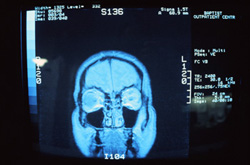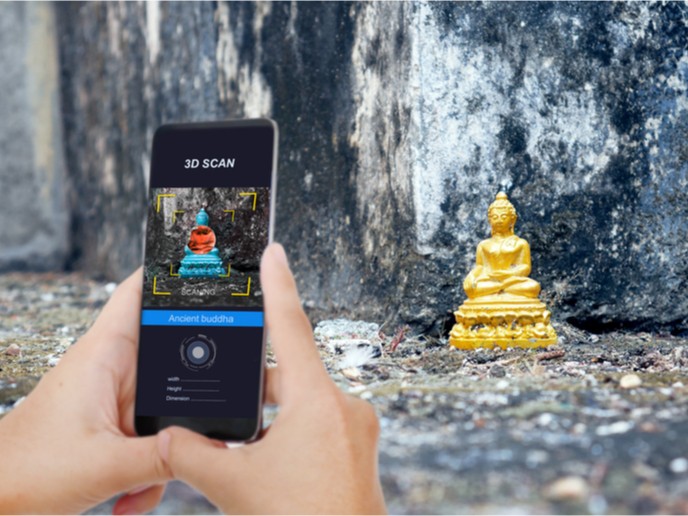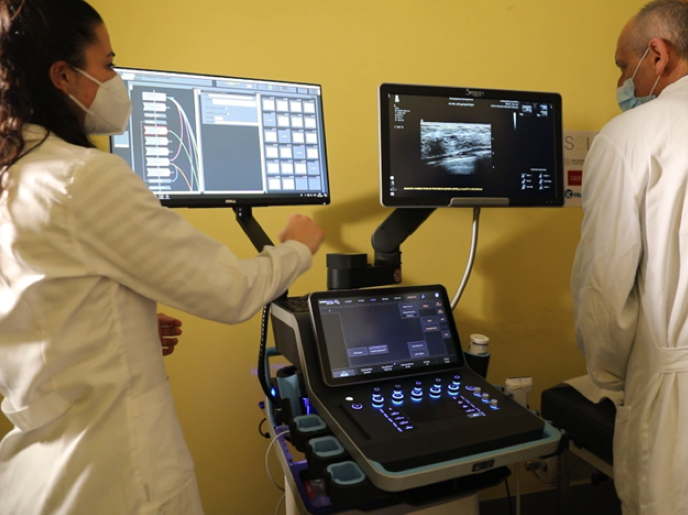Faster and more efficient search on image databases
Funded under the European Commission's IST programme, the DSSCV project gathered mathematicians and computer scientists from four European universities with the objective of developing more efficient algorithms for computer vision tasks. For this purpose, the practical application of singularity and scale-space theories was refined to describe the deep structure of a shape, as a collection of details. Multi-Scale Singularity Trees (MSSTs) can represent the topological structures of images as a collection of "singularities" and provide the connections between image features at different scales and their strengths. The extracted MSSTs are powerful image descriptors that, when used, transform computer vision tasks into tree manipulation tasks, which are well-studied mathematical problems. Algorithms that exploit these MSSTs have been developed by researchers at the Københavns Universitet in Denmark for image matching. The quantification of the differences or distances between images, and choosing the closest images is a fundamental task in content-based image retrieval system. To evaluate the performance of these algorithms several experiments were performed on image databases and they were compared with matching algorithms from the literature. The effect of each tunable algorithm parameter was investigated on the ORL face database. Moreover, a magazine cover database was used in the matching of transformed and noisy images and the Columbia Object Image Library (COIL) database for real-life images viewed from different angles. Although the algorithms were in early phases of development, the matching results compared with algorithms based on the Scale Invariant Feature Transform (SIFT) and the Position of Catastrophes (CAT) were promising. The DSSCV consortium is now envisaging software tools that will allow doctors and hospital technicians to quickly search and match X-rays, magnetic resonance images and computed 3D tomography scans.







